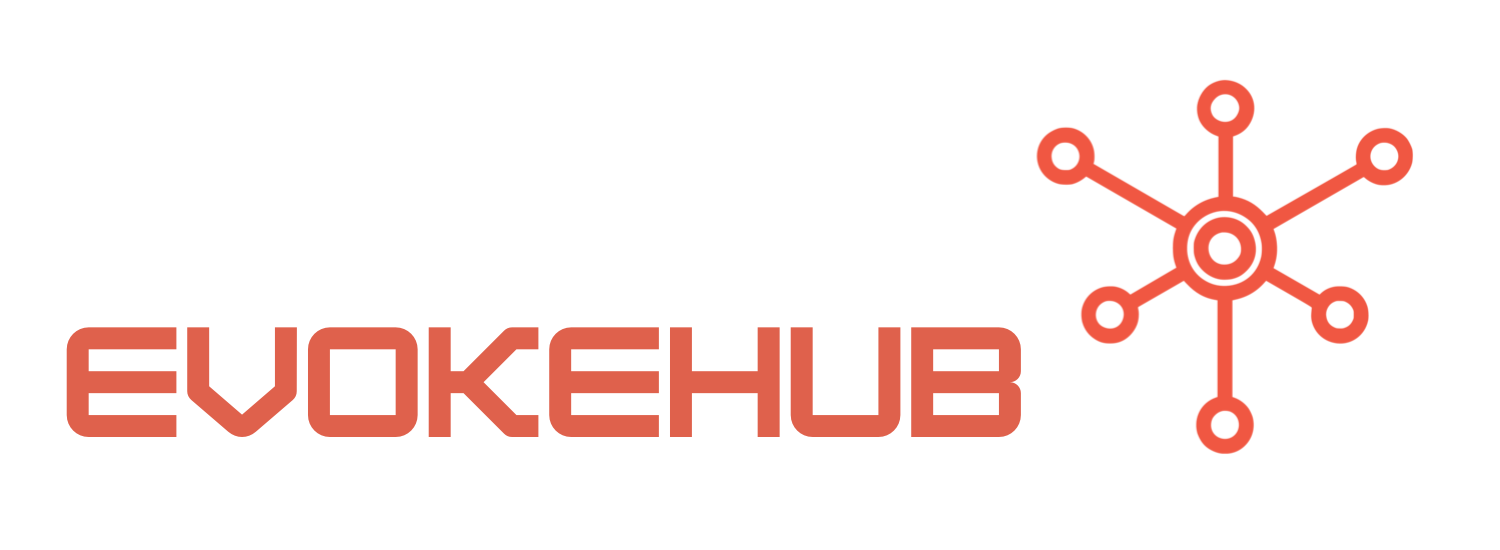Supercharge Your Logic Apps: Unleash Their Full Potential!
When it comes to supercharging your Azure Logic Apps, understanding the components is key. Azure Logic Apps allow you to connect various services and trigger workflows in response to events. To unleash their full potential, start by leveraging the native connectors provided by Azure. Azure boasts hundreds of connectors for popular services like Microsoft 365, Salesforce, and even custom APIs. By utilizing these pre-built connectors, you can reduce development time and ensure reliable integrations. For a comprehensive list of connectors, check out Azure Logic Apps Connectors.
Next, consider employing parallel execution within your workflows. Azure Logic Apps allows for concurrent processing of actions, which can significantly speed up performance. For example, if you have multiple HTTP requests that need to be made, you can set these actions to run in parallel instead of sequentially. Not only does this reduce latency, but it maximizes resource utilization. Just remember to keep an eye on your Azure resource quotas to avoid hitting any limits!
Lastly, leverage the power of triggers effectively. Triggers are the heartbeat of your Logic Apps, and choosing the right one can make all the difference. By utilizing the “Request” trigger, you can instantly respond to incoming data, creating a near-real-time workflow. Additionally, experiment with the “Schedule” trigger to automate tasks at designated intervals. With a strategic approach to triggers, you’ll create dynamic workflows that respond to your business needs instantly!
Tips and Tricks for Achieving Stellar Performance in Azure!
Now that you’re on the path to supercharging your Logic Apps, let’s delve into some practical tips that can elevate your performance to stellar heights! First, take advantage of Monitoring and Analytics tools available in Azure. Utilizing Azure Monitor can help you track the performance of your Logic Apps and identify bottlenecks. Regularly reviewing logs and metrics can unveil insights into potential areas of improvement. You can start monitoring your apps here.
Another great practice is to Reduce Action Redundancy within your workflows. Often, developers create multiple actions that perform similar tasks, leading to unnecessary complexity and slower performance. By consolidating actions and using variables efficiently, you can streamline your Logic Apps. For instance, if several actions require the same data, consider using a variable to store that data once and refer to it in your subsequent actions. This will not only enhance performance but also make your workflows easier to maintain.
Finally, don’t forget to Regularly Review and Refactor your Logic Apps. As your business evolves, so do your workflow requirements. Periodically revisiting and updating your Logic Apps ensures they remain efficient and effective. Take advantage of the new features and enhancements Azure continues to roll out. Staying updated with the latest changes can provide opportunities to optimize your workflows further. For tips on best practices, visit the Azure Logic Apps Best Practices page.
Congratulations on taking the first step toward boosting your Azure Logic Apps! By implementing these strategies, you’re not only improving performance but also setting the foundation for robust, scalable workflows that can adapt to your business needs. Whether you’re leveraging native connectors, optimizing triggers, or actively monitoring your workflows, every little tweak adds up to a monumental impact. So go ahead, unleash the full potential of your Logic Apps and watch your automation soar to new heights! Happy automating!




